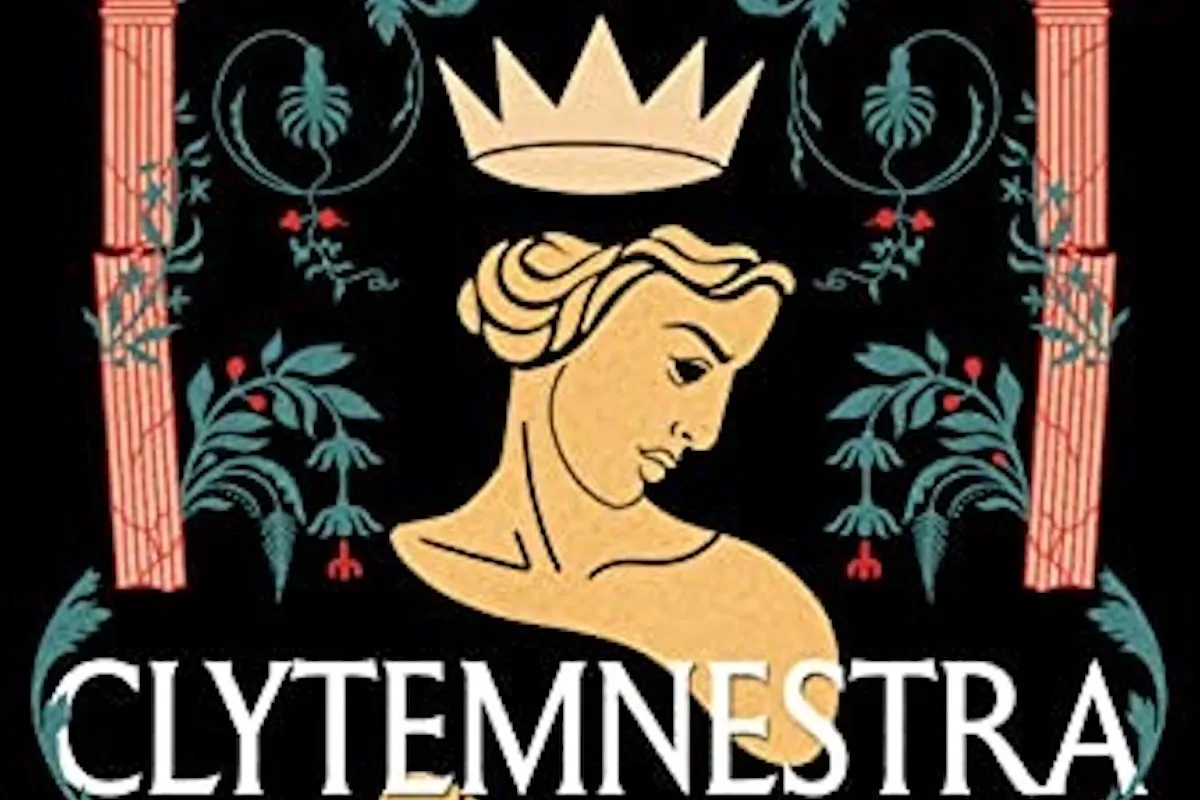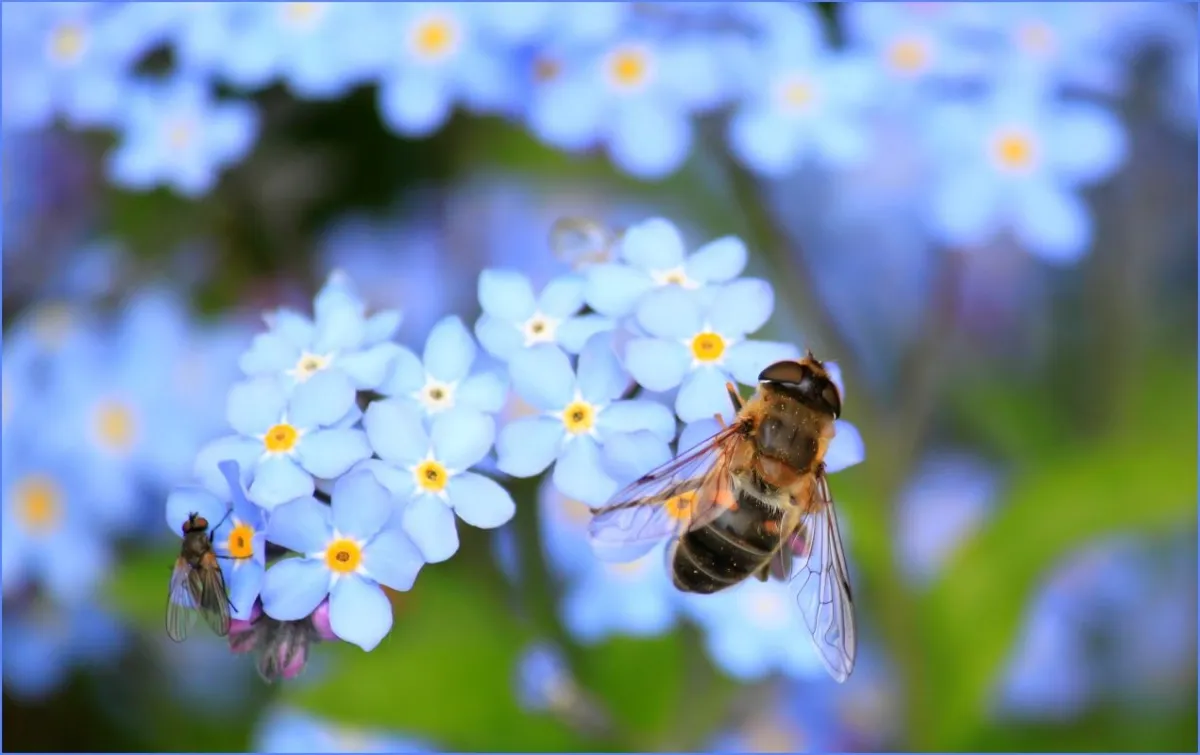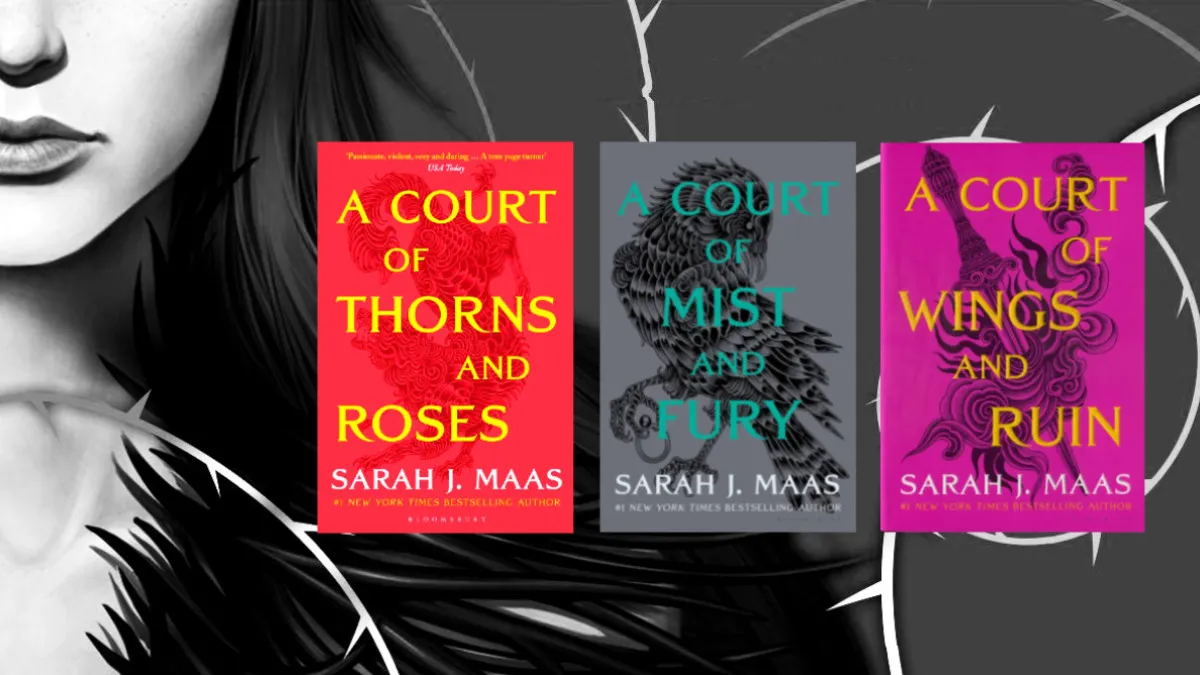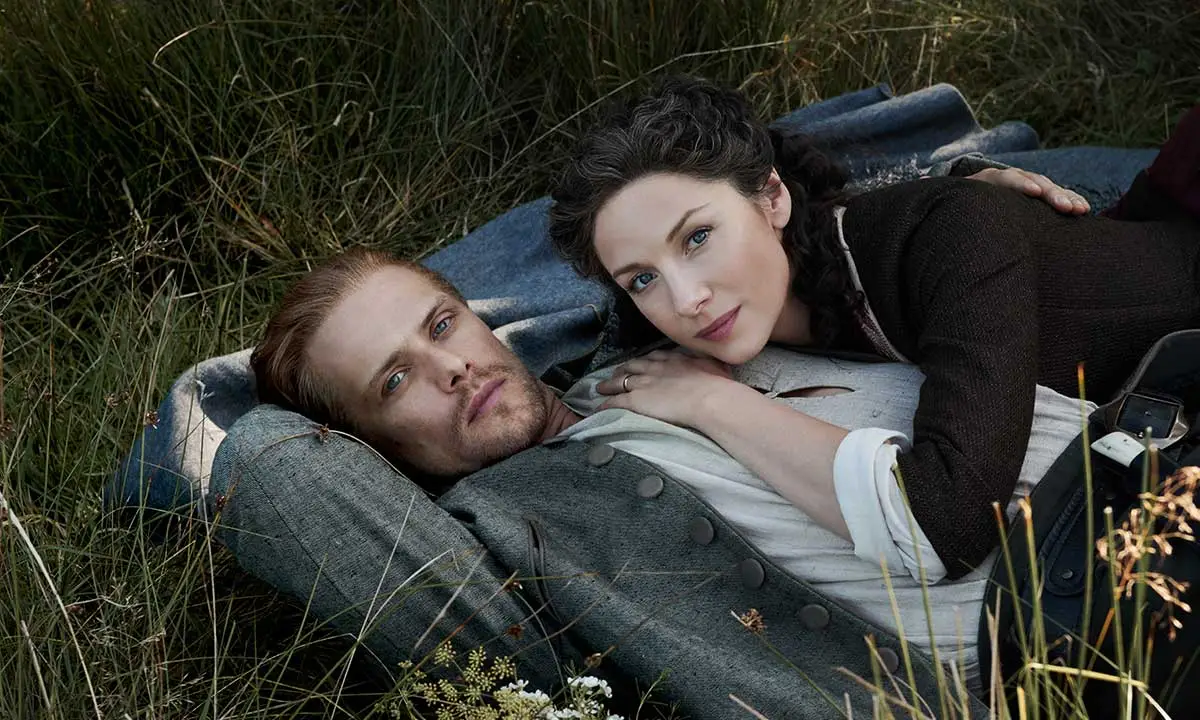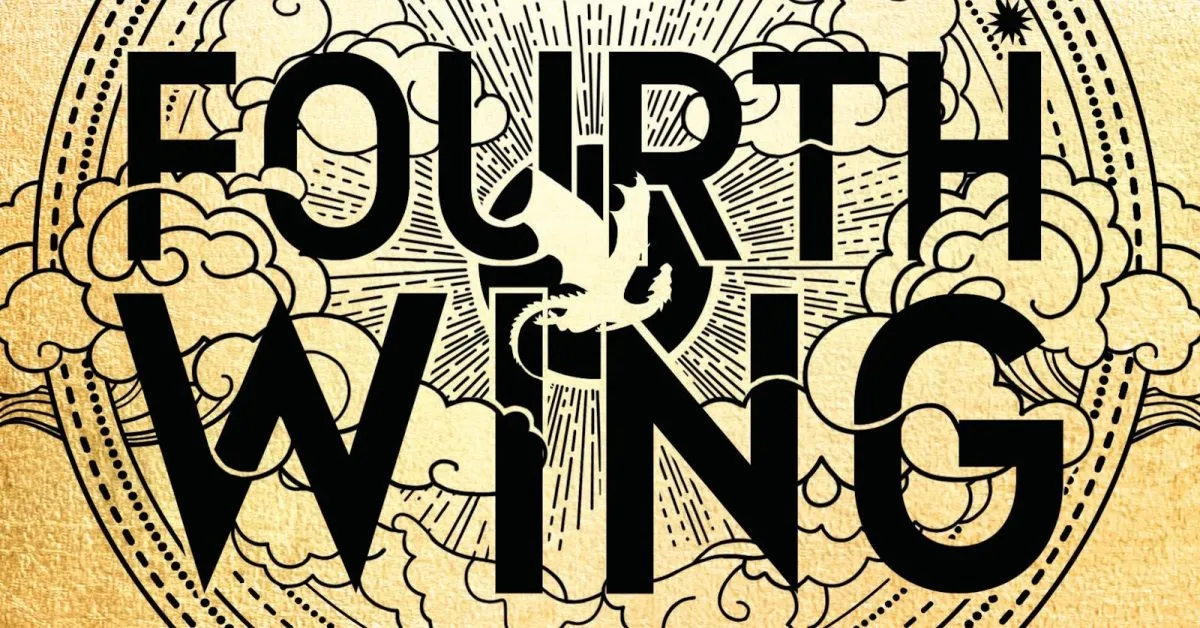Female rage has been having a moment for, well, a while now, and if you’re looking for something to read while you listen to your Paris Paloma playlist, then Costanza Casati’s novel Clytemnestra delivers it in spades.
A constant theme in Greek mythology is horrible men being lauded for doing horrible things, while perfectly reasonable women are villainized for the things those men choose to do to them. Helen of Troy is the most famous example, with her abduction and rape treated like seduction and adultery by both contemporary pop culture and the same primary sources that describe how she was carried off and held against her will. But the most egregious is her sister Clytemnestra, Queen of Mycenae, generally regarded as one of Greek mythology’s greatest villains all because she killed the husband that murdered two of her children.
It’s such an unreasonable position that even later ancient Greek writers had to find ways to further villainize her—painted as an unloving mother, motivated by sex and pride—to ensure the audience would go along with the play and see her death as a desirable outcome. But still, relatively few people question her role as villain, because doing so means questioning the entire Ancient Greek social order, and in doing that questioning all the narratives Western society likes to tell itself about the way things are today. In her new take on the character, however, Costanza tears it all down with such incisive fury that reading it is a cathartic release, especially for anyone who’s ever studied Classics and wondered how people could have accepted these narratives as they were.
Casati starts with the cognitive dissonance of Clytemnestra’s childhood, the things about her culture she’s never been able to stand and the things she justifies to herself in order to believe in the myth of Sparta, and how she becomes less willing and able to do that as she ages. But we also see how the rest of Greece isn’t any better, and in fact, most of it is worse. The modern myths of Sparta—seen as either a paragon to strive to live up to or the most monstrous of all Greek city-states—fall down, and we get to feel the visceral shock of the Spartan princesses as they hear the way the other Greek men talk to and about women, and the things they’re going to demand of their wives. We watch Clytemnestra’s increasing disillusionment, the flickering birth of her colossal fury, until the moment she’s ready to leave Sparta and the rest of Greece behind her—and we see how that future, along with the husband and child she loves, is snatched away in the cruelest possible manner by the true villain of their mythic cycle, Agamemnon.
Above all else, Clytemnestra is a story about systemic cruelty and kyriarchal oppression, and how the effects of those systems are inescapable for the individuals navigating them. Trust in the powerful is never rewarded as they’ll always choose more power over everything and everyone else, even those they claim to love. Survival requires betrayal, of the self as well as others, and characters who did not rise to the top still become people their younger selves would not recognize, and would likely despise, while attempts to remain true to themselves, to be kind and honorable, lead to death. Those who live, and weren’t innately cruel, who didn’t seek power for the pure love of it, are left scarred, riddled with PTSD and bitterness, desperate to protect the people they care about, and unable to keep from spreading more misery around in the process.
Through Casati’s visceral, bloody prose we get to live through Clytemnestra’s discovery of these truths. In treating her family with respect and kindness she and her first husband set himself, and their infant son, up for death. We watch Odysseus, a man faced with a similar choice, choose to betray her to protect his son, despite their long-standing friendship. We see her father transform from the man who respected his daughter enough to let her choose her own husband to the man who enabled that husband’s murder—as well as the murder of his own grandson—before gifting her to their murderer in exchange for dynastic power. We then watch with her as that same betrayal plays out again, as Agamemnon drags their eldest child to her death so he and Menelaus can have their war; another king sacrificing his daughter for wealth, power, and a glorious reputation. And in between her two children’s murders there’s the everyday degradation and violence that Clytemnestra is subjected to by a husband who sees women as possessions—who wanted her, with her warrior’s training and resilience, specifically for the joy of brutalizing her into submission, as well as the enhanced status his apparent success would give him.
But Clytemnestra herself is a product of those systems, and while she can deconstruct them so far she’s unable or unwilling to go far enough. She hates cruelty and abuses of power, hates the way her fellow citizens will rape and murder Helots, Sparta’s enslaved class, until she’s been wronged and can’t touch the men who did it. Then she settles for those lower down the social ladder than herself, who followed orders to enable it, even when their involvement was minimal, even when they’re Helots who truly had no choice. She knows the way their society is structured is cruel but cannot imagine another way, accepts the necessity of homoioi—that some are born higher, better than others, equal to each other but with the right to dispose of those below them as they see fit. And as she hardens herself, to consolidate the power necessary to kill Agamemnon and keep her surviving children safe, she further embraces this, reducing the people she cared about to tools to ensure her victory.
Casati captures the way these systems of patriarchal violence replicate themselves in families, starting cycles of generational trauma even as the perpetrators believe themselves, and genuinely are trying to be, better than the parents who came before them. The longer Clytemnestra is in Mycenae the more she comes to realize that the extreme violence visited upon Spartan children in the name of training, the violence that conditions them to accept their homeland’s horrific status quo, is wrong. She’s glad her own children are spared that same violence, and at the same time unable to see when her own less extreme actions harm them in turn—causing a divide that primes her daughter Electra to turn against her when she finally kills their father. For all of his violence, and his willingness to murder his own children for an advantage, Electra was Agamemnon’s favorite, his treatment of her at least felt more loving to her than Clytemnestra’s. Though it’s clear that he would have sacrificed her in a heartbeat if the see-er had called for her instead she can’t see it, and the grudge that starts to fester sets up a whole new generation to repeat the cycle of violence.
Despite the setting, and the tendency in even modern fiction dealing with Ancient Greek women to depict them as passive, wronged objects, unable to do anything other than cry out to the reader like a modern Greek chorus, every single woman in Casati’s novel is an active participant in her own life. Helen, beaten down as she is, climbs out of the window to try and rescue her nephew when the screaming starts, Iphigenia fights with everything in her on the way to the alter, and the Leucippes make the choice to flee their husbands with Clytemnestra’s brothers—a choice the men around them can’t conceive of them being able to make. Then there’s Clytemnestra, enrobed in rage, making every single choice she does to secure safety for her surviving children, her sisters, and right down at the bottom of her list herself. Her rage builds and builds throughout the novel, with every act of sexual violence, every murder, until it’s something you can taste that sits heavy in your chest, driving her forward until she’s ready with the knife. Even then Agamemnon does not take her seriously, believes she can’t beat him in a fight, won’t dare step across the line to defy the natural order of things and kill her king, until she does it.
Despite Clytemnestra’s flaws, her own callousness and violence, you still find yourself empathizing with and rooting for her. You want her to win not just because Agamemnon so thoroughly deserves to die but because things will be better under her—not good, not right or just or equitable, but still better than the way things are under him or any other king. She’s the best of what Mycenae has available to it, and until the people come together to overthrow kings, enslavers, and tyrants, that will have to do. There are no heroes in this novel, no unambiguously good people, no excuses made for the brutality and tyranny of the ancient world, and yet within that there are still characters we can empathize with, damaged people we want to see win, to survive and thrive despite it, and that’s a credit to Casati’s storytelling.
Casati ends the novel in the wake of Clytemnestra’s victory, letting you believe in the possibility of the optimistic future she imagines, and maybe, in the reality being proposed by the novel, she can have it. We’ve been shown how mythology distorts real events even within the world of the novel—the identity of Helen’s father, the story of the Argonauts, everything about Medea—and there are already significant contradictions between the events portrayed by Casati and the real world mythology that’s been handed down to us. Maybe, in this alternate universe version of the myth, Clytemnestra’s murder at the hands of her son never happens, not with her brother by his side to make him see things from their perspective. Maybe Electra forgives her. Maybe she and Aegisthus get to rule Mycenae together before dying of old age, passing it on to Electra and whoever her husband turns out to be, and the other version is the result of misogynistic storytellers desperate to reinstall the misogynistic narrative. Casati leaves it open, allowing us to imagine a better outcome for Clytemnestra, and Mycenae, than we were given.
(featured image: Sourcebooks Landmark)



